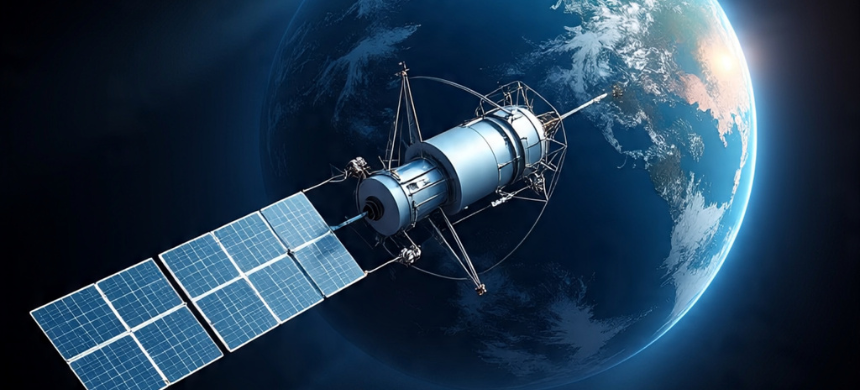The Pakistan Space and Upper Atmosphere Research Commission (Suparco) has announced the scheduled launch of the Pakistan Remote Sensing Satellite (PRSS) on July 31. The satellite will be launched from China’s Xichang Satellite Launch Centre (XSLC).
This mission marks a major milestone in Pakistan’s advancement in space technology, significantly enhancing its Earth observation capabilities, according to Suparco’s official statement.
Outfitted with advanced imaging systems, the satellite will support critical sectors such as precision agriculture, urban planning, disaster response, and environmental monitoring. It is expected to play a crucial role in forecasting and managing natural disasters like floods, earthquakes, and landslides, as well as monitoring glacier melt and deforestation. The satellite will also contribute to better resource management and development planning.
Additionally, the satellite will assist with infrastructure development and geospatial analysis under key national initiatives, including the China-Pakistan Economic Corridor (CPEC).
This new satellite will join Pakistan’s existing space assets, including PRSS-1 (launched in 2018) and EO-1 (launched in January 2025), further strengthening Suparco’s technological capabilities. The launch aligns with Pakistan’s National Space Policy and Vision 2047, positioning the country as a growing player in global space exploration.
Suparco emphasized that the launch is not just a technical achievement but a continuation of Pakistan’s transformative journey in space science.
Pakistan’s renewed space efforts began in 2011 with the launch of PakSat-1R, developed in partnership with China. This was followed by satellites such as PakTES-1A and PRSS-1 in 2018. In 2024, the launch of PakSat-MM1 brought high-speed internet to remote areas, while student-designed satellite iCube Qamar captured images of the moon’s surface, showcasing youth innovation.
In January 2025, Pakistan achieved a major milestone with EO-1 — its first fully indigenous satellite developed entirely by local scientists and engineers.
With the upcoming launch, Pakistan continues its journey toward using space technology for national growth, resilience, and international recognition — a proud moment in its pursuit of innovation and sustainability.
Read more: China Successfully Launches Zhongxing-3A Satellite











